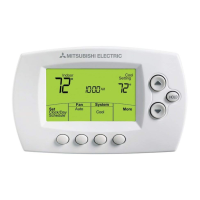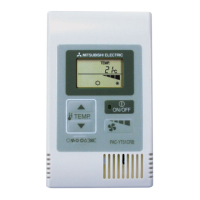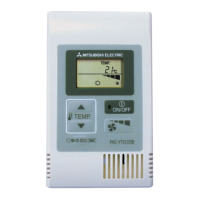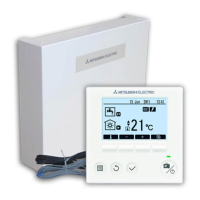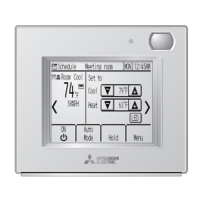Chapter 9
212
Logic programming – Function blocks
Sequence monitoring
Sequence monitoring is used to define a special mandatory sequence in which the
muting sensors have to be High. Table 93 shows the valid sequence for muting
sensor input signals. This parameter is only available for configurations with four
muting sensors, for example for parallel muting or sequential muting.
Direction detection
Requirement for the muting sensor signal inputs for
sequence monitoring:
Disabled A1 before A2 before B1 before B2 or
B2 before B1 before A2 before A1
Forward A1 before A2 before B1 before B2
Backward B2 before B1 before A2 before A1
This parameter depends on the function block. Deviations from the sequence shown
above result in a muting error, indicated by the Muting error output. In order to avoid
machine downtime the configured time for the Sensor signal gap monitoring should
furthermore be shorter than the time span that the transported object requires to pass
a muting sensor pair (e.g. A1/A2 or B1/B2).
C1 input
The C1 input is used as an additional measure to avoid manipulations. If C1 is used, a
transition from Low to High has to take place before the first muting sensor pair
becomes High. Input C1 must then remain High until both sensors of the muting
sensor pair are High so that a valid muting condition can arise. If this condition is not
fulfilled, this results in a muting error, indicated by the Muting error output. The C1
input subsequently has to return to Low again before the next muting cycle is
permitted.
Override input
An Override input signal is used to remove transported objects that have remained in
the protective field of the protective device (e.g. safety light curtain) after power
failures, triggering of an emergency stop, muting errors or similar circumstances.
The Override status output (available from firmware V3.02) changes to high and the
Override required output pulses at 2 Hz, if the following conditions are met:
Muting is currently inactive (i.e. Muting status is Low).
At least one muting sensor is High.
The OSSDs of the ESPE are Low (e.g. safety light curtain is interrupted).
The Enable output is Low.
If the conditions for the Override required output are fulfilled and a valid override
pulse sequence with a Low-High-Low transition (minimum 100 ms or 350 ms and
maximum 3 s; longer or shorter pulses are ignored) has occurred at the Override
input, the Enable output becomes High, as if the muting conditions were fulfilled.
When all muting sensors have returned to Low and the OSSD input of the ESPE is
High (e.g. indicating that the protective field of a safety light curtain is now clear), the
next valid muting cycle is expected. If the next object does not fulfill the conditions for
a muting cycle, but the conditions for the Override required output, a further override
cycle can be used in order to remove the transported material. The number of override
cycles is limited (see Table 95).
Table 93:
Requirements for sequence
monitoring

